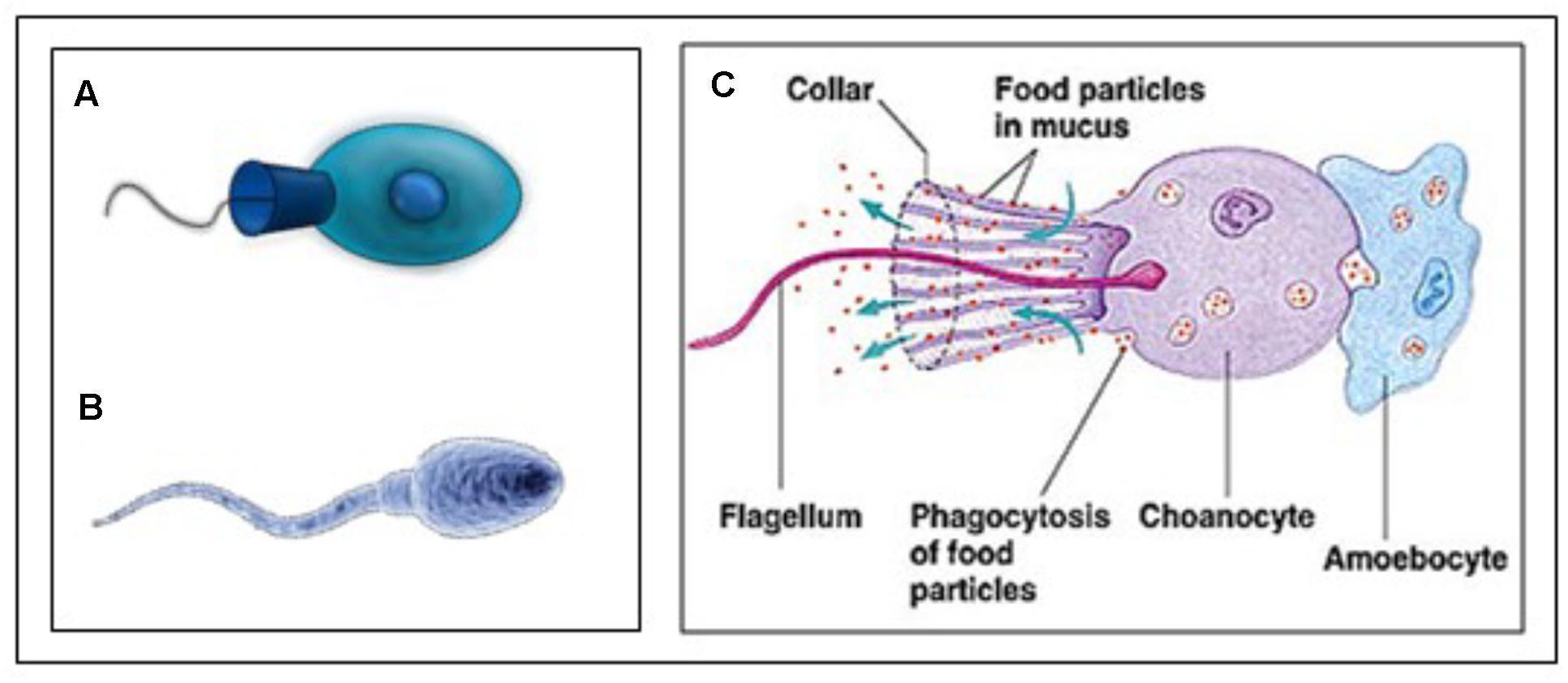|
Calotheca
''Calotheca'' is the name used for a genus of choanoflagellates in the family Acanthoecidae, though this name is a junior homonym of the name ''Calotheca'' Heyden, 1887, and it must be replaced under the rules of the ICZN The International Code of Zoological Nomenclature (ICZN) is a widely accepted convention in zoology that rules the formal scientific naming of organisms treated as animals. It is also informally known as the ICZN Code, for its formal author, t .... The species ''C. alata'' is from Indo-Pacific Localities.Electron Microscopical Investigations on Two Loricate Choanoflagellates (Choanoflagellida), Calotheca alata gen. et sp. nov. and Syndetophyllum pulchellum gen. et comb. nov., from Indo-Pacific Localities. H. A. Thomsen and O. Moestrup, Proceedings of the Royal Society B, 22 August 1983, References External links Eukaryote genera Choanoflagellate genera Opisthokont genera {{Holozoa-stub ... [...More Info...] [...Related Items...] OR: [Wikipedia] [Google] [Baidu] |
Choanoflagellate
Choanoflagellates are a group of free-living unicellular and colonial flagellate eukaryotes considered to be the closest living relatives of animals. The name refers to the characteristic funnel-shaped "collar" of interconnected microvilli and the presence of a flagellum. Choanoflagellates are found globally in aquatic environments, and they are of particular interest to evolutionary biologists studying the origins of multicellularity in animals. The flagellum of choanoflagellates is surrounded by microvilli at its base. Movement of the flagellum creates water currents that can propel free-swimming choanoflagellates through the water column and trap bacteria and detritus against the microvilli, where these foodstuffs are engulfed. This feeding plays an ecological role in the carbon cycle by linking different trophic levels. Choanoflagellates bear morphological similarities to the choanocyte, a type of cell in sponges. As the proposed sister group to Animalia, choanoflagellate ... [...More Info...] [...Related Items...] OR: [Wikipedia] [Google] [Baidu] |
Acanthoecidae
Acanthoecidae is a family of choanoflagellates. Its subgroups Diaphanoeca and Stephanoeca bear lorica composed of silica which possibly originate from diatoms via horizontal gene transfer Horizontal gene transfer (HGT) or lateral gene transfer (LGT) is the movement of genetic material between organisms other than by the ("vertical") transmission of DNA from parent to offspring (reproduction). HGT is an important factor in the e .... Genera '' Acanthocorbis'' - '' Acanthoeca'' - '' Amoenoscopa'' - '' Apheloecion'' - '' Bicosta'' - '' Calliacantha'' - '' Calotheca'' - '' Campyloacantha'' - '' Conion'' - '' Cosmoeca'' - '' Crinolina'' - '' Crucispina'' - '' Diaphanoeca'' - '' Diplotheca'' - '' Kakoeca'' - '' Monocosta'' - '' Nannoeca'' - '' Parvicorbicula'' - '' Platypleura'' - '' Pleurasiga'' - '' Polyfibula'' - '' Polyoeca'' - '' Saepicula'' - '' Saroeca'' - '' Savillea'' - '' Spiraloecion'' - '' Stephanacantha'' - '' Stephanoeca'' - '' Syndetophyllum'' References Ext ... [...More Info...] [...Related Items...] OR: [Wikipedia] [Google] [Baidu] |
Choanoflagellate Genera
Choanoflagellates are a group of free-living unicellular and colonial flagellate eukaryotes considered to be the closest living relatives of animals. The name refers to the characteristic funnel-shaped "collar" of interconnected microvilli and the presence of a flagellum. Choanoflagellates are found globally in aquatic environments, and they are of particular interest to evolutionary biologists studying the origins of multicellularity in animals. The flagellum of choanoflagellates is surrounded by microvilli at its base. Movement of the flagellum creates water currents that can propel free-swimming choanoflagellates through the water column and trap bacteria and detritus against the microvilli, where these foodstuffs are engulfed. This feeding plays an ecological role in the carbon cycle by linking different trophic levels. Choanoflagellates bear morphological similarities to the choanocyte, a type of cell in sponges. As the proposed sister group to Animalia, choanoflagellates s ... [...More Info...] [...Related Items...] OR: [Wikipedia] [Google] [Baidu] |
ICZN
The International Code of Zoological Nomenclature (ICZN) is a widely accepted convention in zoology that rules the formal scientific naming of organisms treated as animals. It is also informally known as the ICZN Code, for its formal author, the International Commission on Zoological Nomenclature (which shares the acronym "ICZN"). The rules principally regulate: * How names are correctly established in the frame of binominal nomenclature * How to determine whether a given name is available * Which available name must be used in case of name conflicts ( valid name) * How scientific literature must cite names Zoological nomenclature is independent of other systems of nomenclature, for example botanical nomenclature. This implies that animals can have the same generic names as plants (e.g. there is a genus '' Abronia'' in both animals and plants). The rules and recommendations have one fundamental aim: to provide the maximum universality and continuity in the naming of all anima ... [...More Info...] [...Related Items...] OR: [Wikipedia] [Google] [Baidu] |
Eukaryote Genera
The eukaryotes ( ) constitute the domain of Eukaryota or Eukarya, organisms whose cells have a membrane-bound nucleus. All animals, plants, fungi, seaweeds, and many unicellular organisms are eukaryotes. They constitute a major group of life forms alongside the two groups of prokaryotes: the Bacteria and the Archaea. Eukaryotes represent a small minority of the number of organisms, but given their generally much larger size, their collective global biomass is much larger than that of prokaryotes. The eukaryotes emerged within the archaeal kingdom Promethearchaeati and its sole phylum Promethearchaeota. This implies that there are only two domains of life, Bacteria and Archaea, with eukaryotes incorporated among the Archaea. Eukaryotes first emerged during the Paleoproterozoic, likely as flagellated cells. The leading evolutionary theory is they were created by symbiogenesis between an anaerobic Promethearchaeati archaean and an aerobic proteobacterium, which formed t ... [...More Info...] [...Related Items...] OR: [Wikipedia] [Google] [Baidu] |
